Best Cocoa Powder for Baking
When it comes to baking, knowing the differences between unsweetened cocoa powder, natural cocoa powder, Dutch process cocoa powder and black cocoa powder can really help!
Most recipes you are used to making most likely call for unsweetened cocoa powder — like in my Moist Chocolate Cake Recipe. But let’s talk about why, in some cases, you’ll want to use a different kind of cocoa powder and most importantly, why it matters!
First off, what are the cocoa powder types? There is unsweetened cocoa powder, natural cocoa powder, dark cocoa powder, Dutch process cocoa powder, and black cocoa powder. Let’s take a look at the different types of cocoa powder.
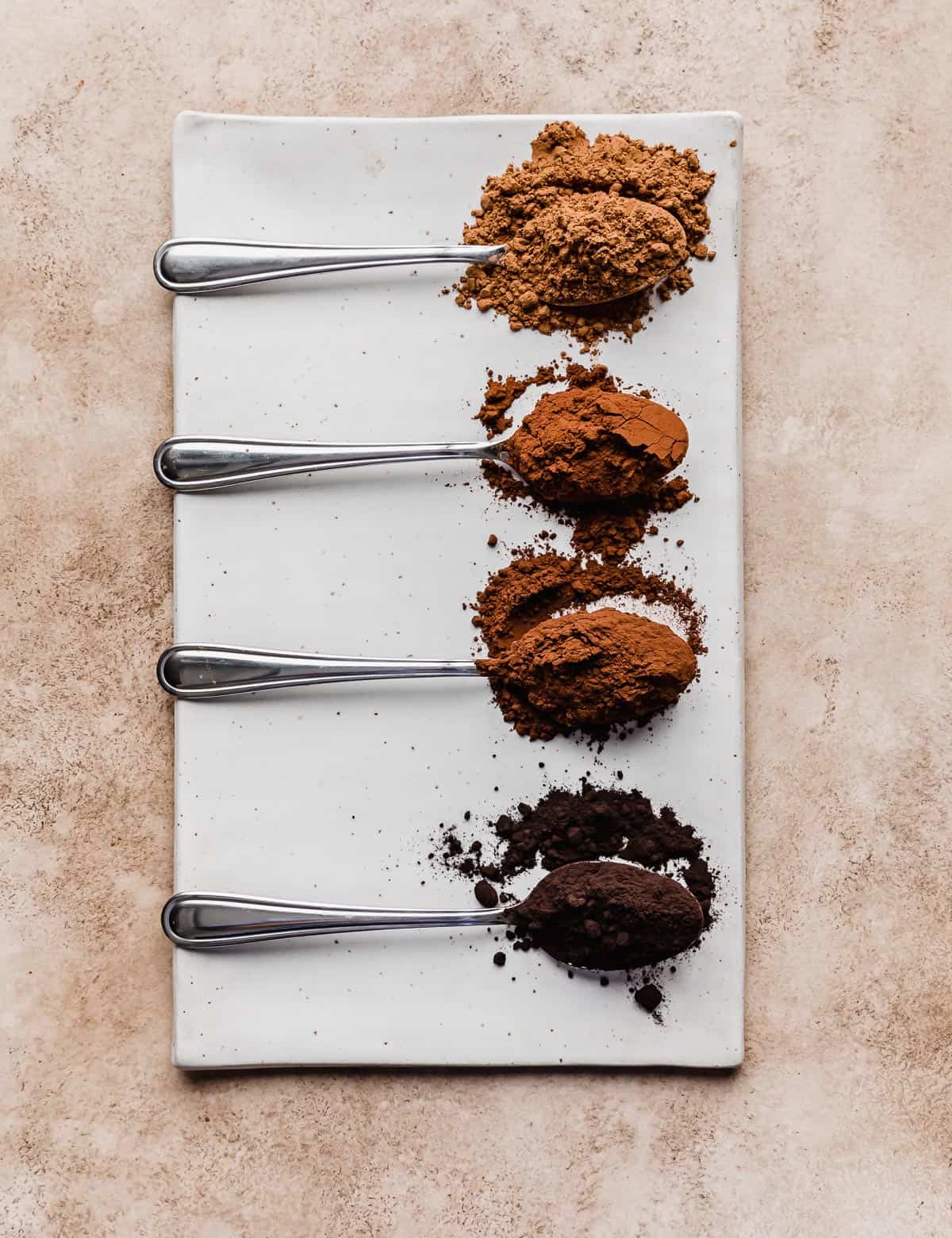
What is Cocoa Powder?
Cocoa powder is an unsweetened powder that adds chocolate flavor to baked goods such as brownies, cookies, cakes, and various other dessert recipes.
Cocoa powder comes from cocoa beans, which is the seed of a cacao tree.
Cocoa powder is an end product after cacao beans have been fermented, roasted and pressed to extract about 75% of the cocoa butter. What’s left is a pasty chocolate liquor that is then dried and ground into cocoa powder.
What is Unsweetened/Natural Cocoa Powder?
That’s right! Unsweetened cocoa powder and natural cocoa powder are the same thing. You’ve even probably heard it referred to as baking cocoa. Same, same, same.
Let’s break down unsweetened cocoa powder, talk about what cocoa powder is and its important characteristics.
Unsweetened cocoa powder (or natural cocoa powder, again same thing!) comes from cocoa beans.
- Most of the cocoa butter in the product has been removed.
- Unsweetened cocoa powder is acidic.
- It is usually paired with baking soda (a base) since the acidic cocoa powder will react with it, causing bakes to rise.
- The base (baking soda) also tames the acidity in the cocoa powder. This means that when you take a bit of that cookie, brownie or cake, you don’t think “wow that’s super acidic.”
- Lighter in color.
Remember: Unsweetened/natural cocoa powder = baking soda.
Recipes Using Unsweetened Cocoa Powder
- Best Chocolate Cupcake Recipe
- Chocolate Peanut Butter Chip Cookies
- Chocolate Doughnuts
- Homemade Cosmic Brownies
- Double Chocolate Chip Cookies
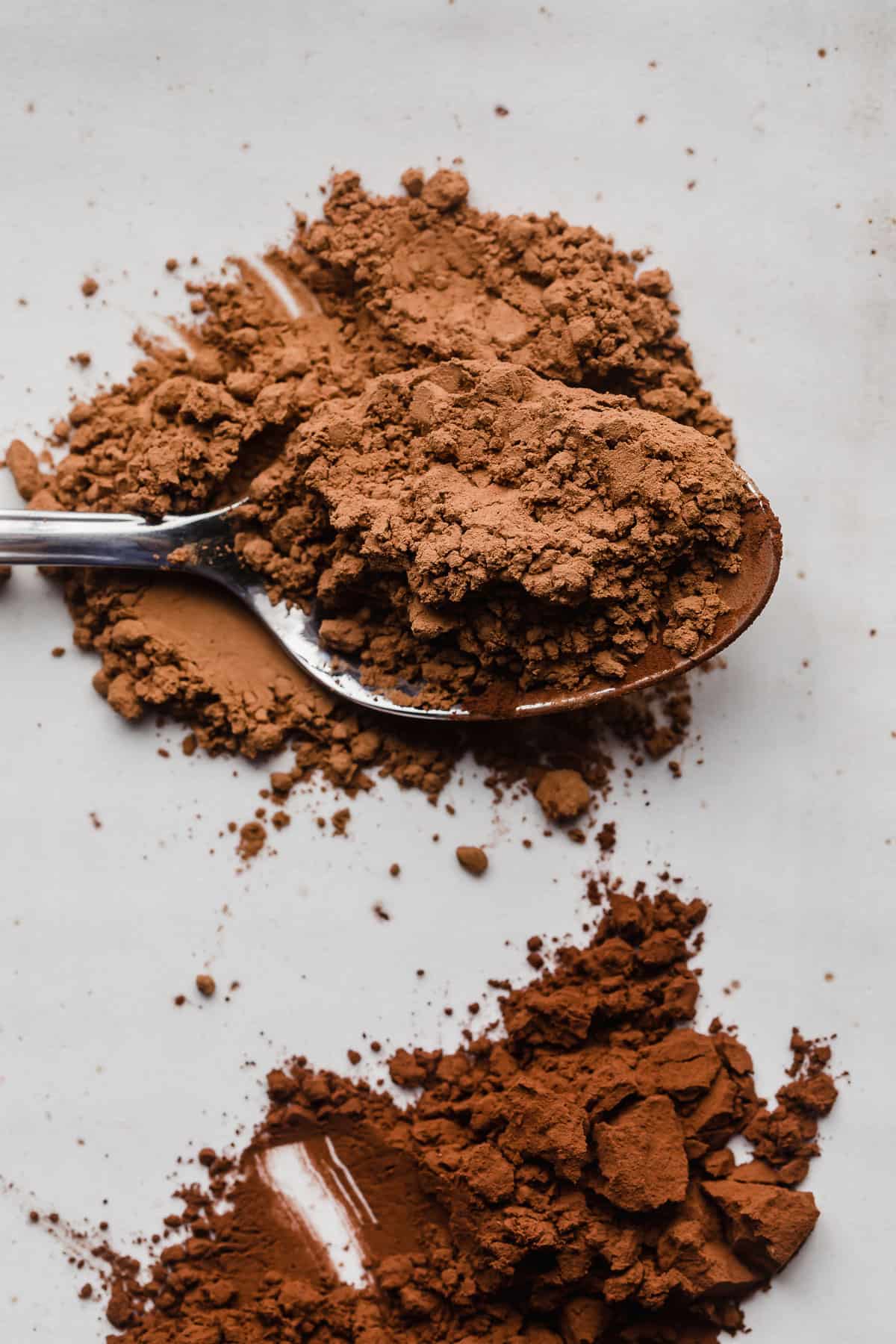
What is Dutch Processed Cocoa Powder?
Dutch process cocoa powder is unsweetened cocoa powder that has been soaked or treated with an alkaline solution to reduce its acidity.
Dutch process cocoa powder is sometimes called “alkalized,” “European style,” or “dutched.”
Dutch process cocoa has a more intense “chocolatey” flavor as opposed to natural unsweetened cocoa powder.
- Dutch process cocoa powder is neutral.
- Usually pairs with baking powder or is used in a recipe that is predominantly baking powder over baking soda.
- Baking powder is a product made up of baking soda + a powdered acid (think, cream of tartar). This means, baking powder doesn’t need an acid to react. It will react when combined with liquid.
- This means the Dutch processed cocoa powder doesn’t have a leavening responsibility in the recipe. It is merely an ingredient to add color and flavor.
Remember: Dutch process cocoa powder = baking powder.
Black cocoa powder is a type of Dutch processed cocoa powder. It is simply a heavily Dutched cocoa powder, meaning it’s been alkalized a lot longer. I go into more detail on black cocoa powder in my Black Cocoa Powder guide!
Recipes Using Dutch Process Cocoa Powder
- Crumbl Cosmic Brownie Cookies
- Crumbl Better Than Sex Cookies
- Chocolate Cake with Peanut Butter Frosting
- Homemade Fudgy Brownies
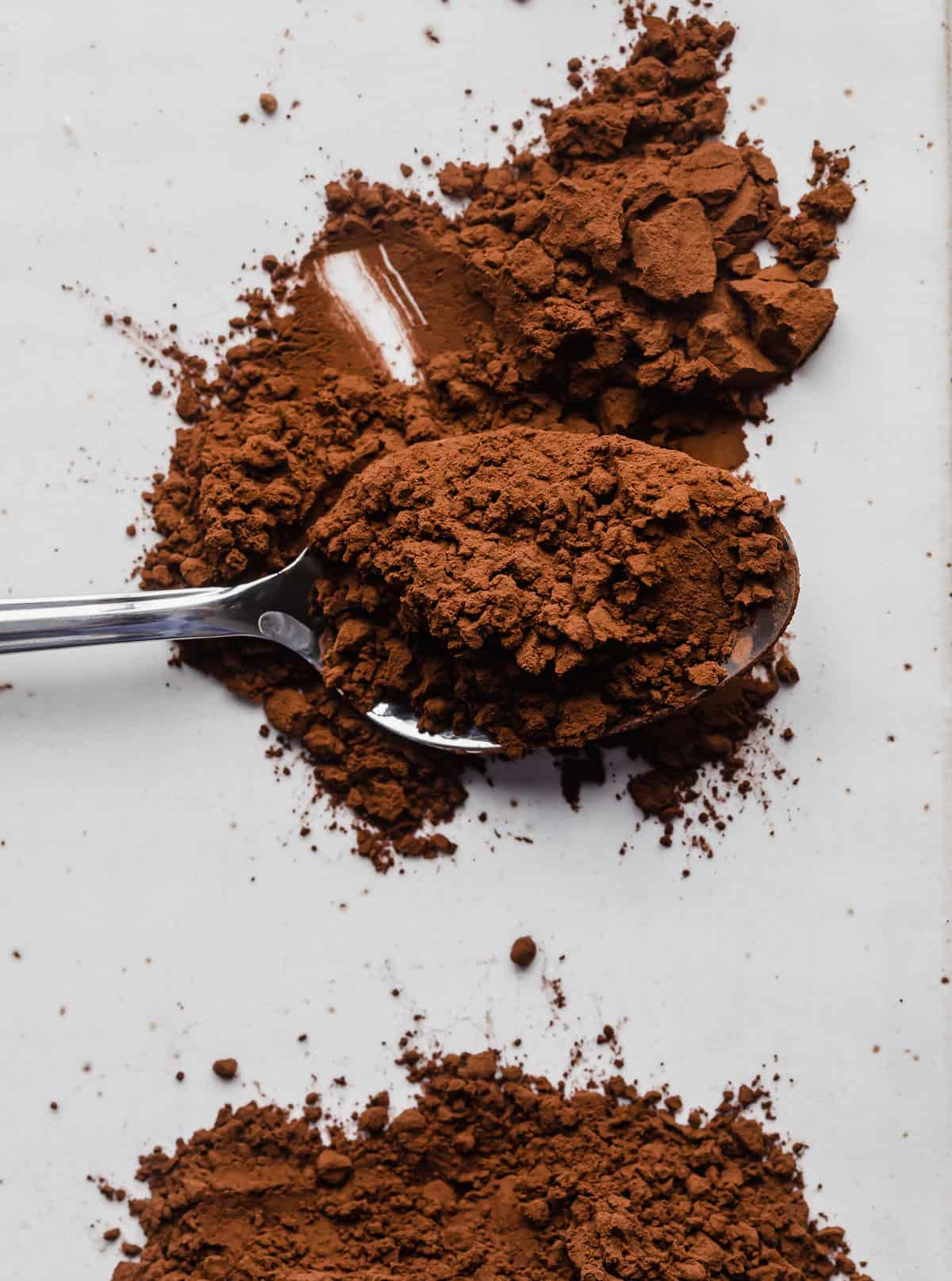
How to Substitute Cocoa Powders
When substituting cocoa powders, it’s important to know that 3 things can be affected: the taste, the rise, and the color. (Source: King Arthur Baking Company)
Substituting Unsweetened Cocoa Powder
Using a 1:1 ratio
If you use unsweetened/natural cocoa powder in a recipe that calls for Dutch process cocoa powder, here is what to expect:
- Taste may be tangy. Baking soda will neutralize acidity in natural cocoa powder. But in a Dutch process recipe, baking powder is typically used. So, the absence of baking soda means you may have a tangy flavor if you do a direct swap.
- Color will be lighter. Unsweetened/natural cocoa powder is lighter, so the baked good will be a lighter color.
- Rise won’t be affected. Since the original recipe called for Dutch processed cocoa powder, it’s likely the leavening agent used is baking powder. This means that swapping out the Dutch process cocoa for unsweetened cocoa powder won’t affect the rise because the baking powder will react on its own when combined with liquid.
How to adjust your recipe if you are using unsweetened cocoa powder instead of Dutch process:
- Replace the baking powder with half the amount of baking soda.
Substituting Dutch Process Cocoa Powder
Using a 1:1 ratio
If you use Dutch process cocoa powder in a recipe that calls for unsweetened/natural cocoa powder, here is what to expect:
- Taste may be “soapy”. There may be a “slight soapy flavor” as King Arthur Baking Company put it. This is from the baking soda because it didn’t have an acidic cocoa powder to neutralize it.
- Color will be darker. Dutch process cocoa powder is a darker color than unsweetened, so your baked goods will be a bit darker colored and have a deeper more chocolatey flavor.
- Rise will be affected. Since the original recipe called for unsweetened/natural cocoa powder, it’s likely the recipe has baking soda. This means that if you use Dutch process, there isn’t any acidity to react with the baking soda. Your bakes could having problems rising.
How to adjust your recipe if you are using Dutch process cocoa powder instead of unsweetened:
- Replace the baking soda with double the baking powder.
How to Store Cocoa
Store cocoa powder at room temperature in a Ziplock bag or airtight container.
Do not freeze cocoa powder. It won’t lengthen the shelf life and it can actually damage it due to possible condensation.
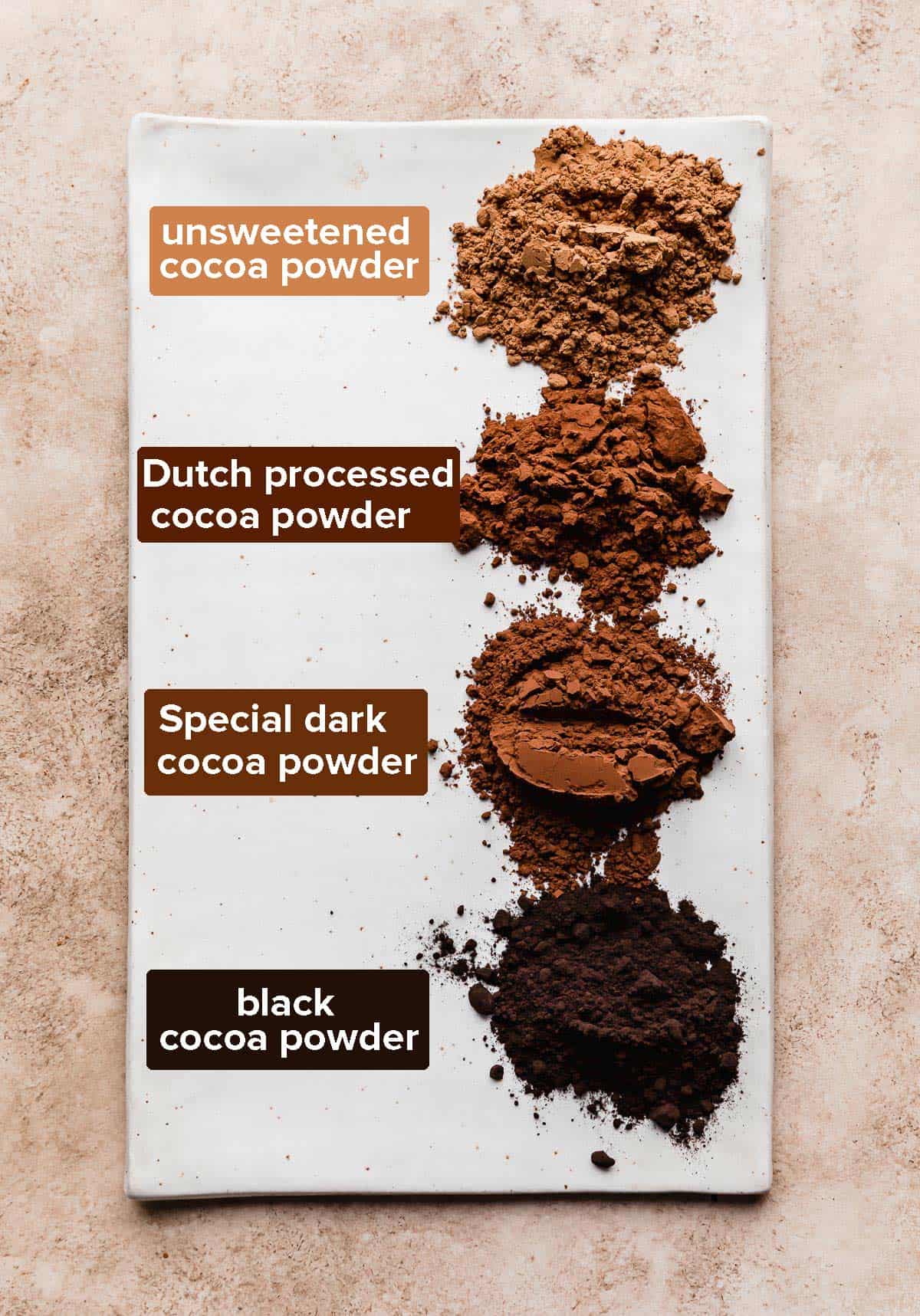
Cocoa Powder FAQs
Cocoa powder is an end product after cacao beans have been fermented, roasted and pressed to extract about 75% of the cocoa butter. What’s left is then dried and ground into cocoa powder. Cocoa powder adds a chocolate flavor to baked goods.
Yes they are! Those words are used interchangeably to mean the same thing. Natural cocoa powder is just unsweetened, so both words are used.
Dutch process cocoa powder is unsweetened cocoa powder that has been treated with an alkaline solution to reduce its acidity. It is a darker-colored cocoa powder with a richer chocolate flavor.
Yes. Generally American recipes will be referring to the natural (AKA unsweetened) cocoa powder because Dutch process cocoa powder wasn’t as common back in the day. However, if you want to make sure your recipes bake in the way they were meant to, you may want to adjust the baking powder or baking soda for the type of cocoa powder you are using.
What brands of cocoa powder are Dutch processed?
Some of my favorite Dutch process cocoa powders are from Ghirardelli and Rodelle. Valrhona, Wincrest and Viddie’s Bakery also have Dutch processed cocoa powders, but I haven’t tried theirs yet.
My favorite brand of is Hershey’s unsweetened cocoa powder. You also can’t go wrong with Ghirardelli’s unsweetened cocoa powder! I love all their products!
Hershey’s has a Special Dark cocoa powder which is a 100% Dutch processed cocoa powder. The Hershey’s Special Dark cocoa powder used to be a combination of unsweetened and Dutch processed cocoa, but recently the brand changed the recipe to make it 100% Dutched.
According to Sciencedirect.com, the process is named after the Dutch chocolatier who invented the process. Coenraad Johannes van Houten is a famous chocolatier who created the process of using alkaline salts to extract the bitterness from the chocolate (removing the acidity).
You can, but be prepared for the differences. When substituting cocoa powders, the color, taste and rise will be affected. Dutch processed cocoa powder is darker in color than unsweetened. It is also neutral where unsweetened is acidic. This means depending on if the recipe calls for baking powder or baking soda, your rise will be affected. Baking is a science, so the chemical reactions have to stay in balance to get the best results. See my substitution section above for more details on how to successfully substitute cocoa powders.
The best cocoa powder for baking is the one that will work the best with the type of leavening agent you are using (baking powder vs. baking soda) and the one that will produce the right flavor and color for the baked good you are making!
Since we’ve already covered all the ins and outs of what cocoa powder is, let’s talk about how hot chocolate powder is different. Hot chocolate includes cocoa powder, but it also has a few more ingredients in it such as milk powder and sweetener (such as sugar). These additions make the hot chocolate powder different from cocoa powder.
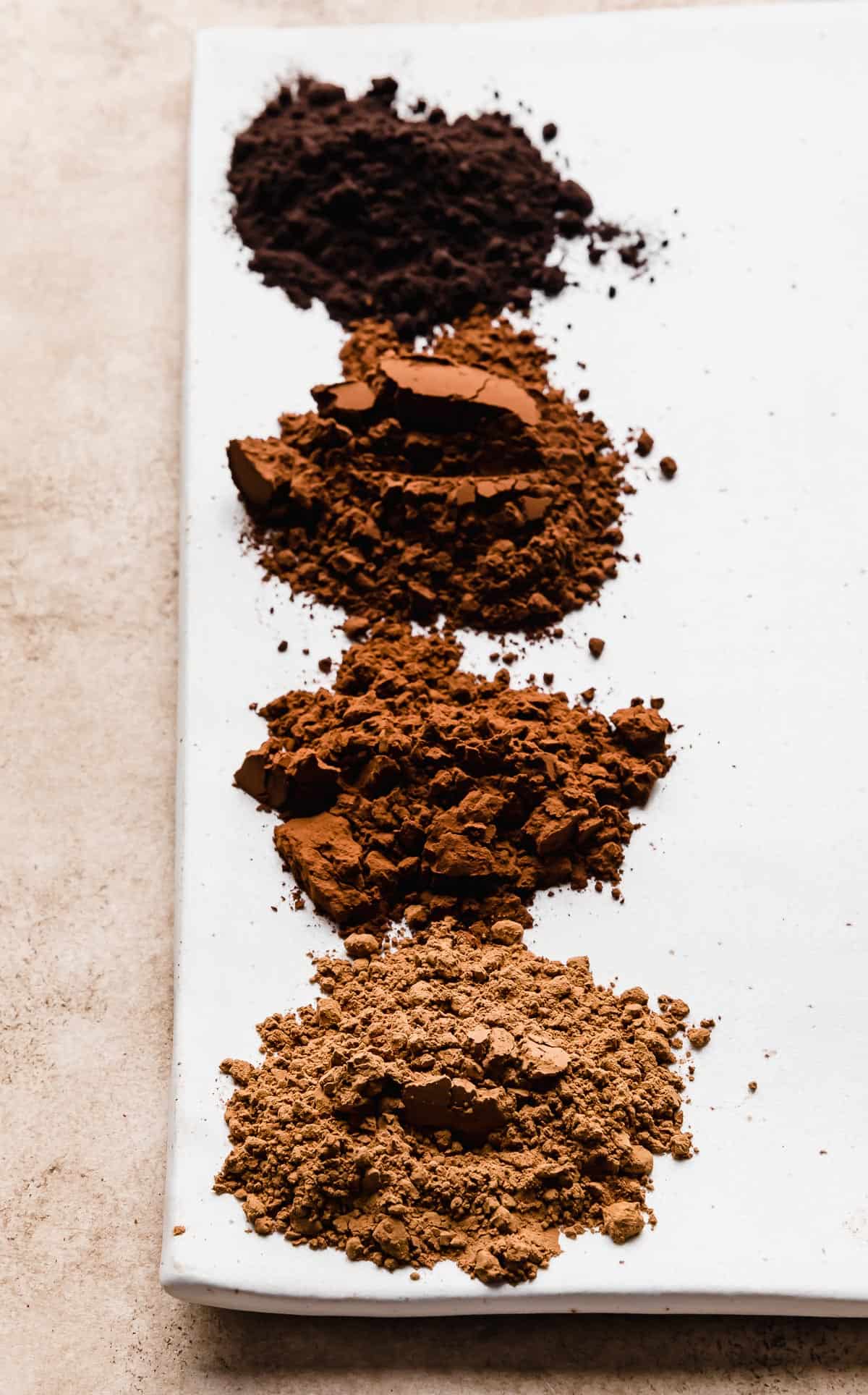
More baking tips found here.
Brown Eyed Baker and King Arthur Baking Company were sources I referred to in putting together this cocoa powder guide. Check out their websites for additional information.

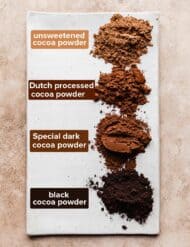
 Welcome to this delicious corner of the internet! Here I share the recipes my family loves.
Welcome to this delicious corner of the internet! Here I share the recipes my family loves.
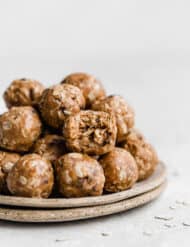

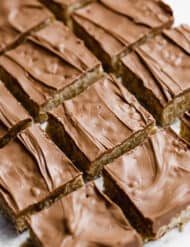

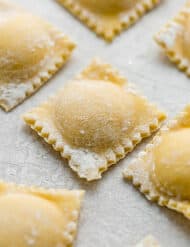



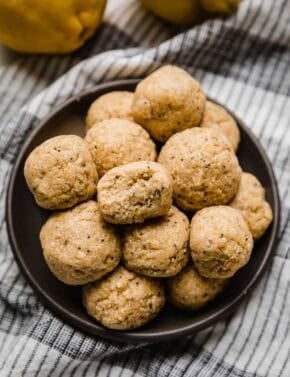
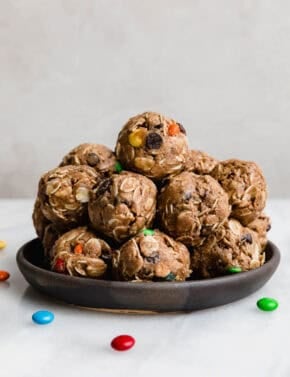




4 Comments on “Best Cocoa Powder for Baking”
Thankyou for explaining everything about coccoa and dark coccoa. Just wondering if I add some instant espresso powder to my unsweetened coccoa it should bring out the chocolate flavour in my cookies from what I’ve read in other peoples blogs right?
Yes, that is correct.
I wanted to know if you’re aware of any pure white chocolate powder products available, not the drink powders, for use in baking. I haven’t been able to tolerate regular chocolate cocoa powders after an illness but still seem to be able to handle white or blonde chocolate. Thanks.
Hi Joyce, I think Ghirardelli has a white chocolate powder you can buy. I haven’t used it personally, but I see that it’s available online if that interests you.